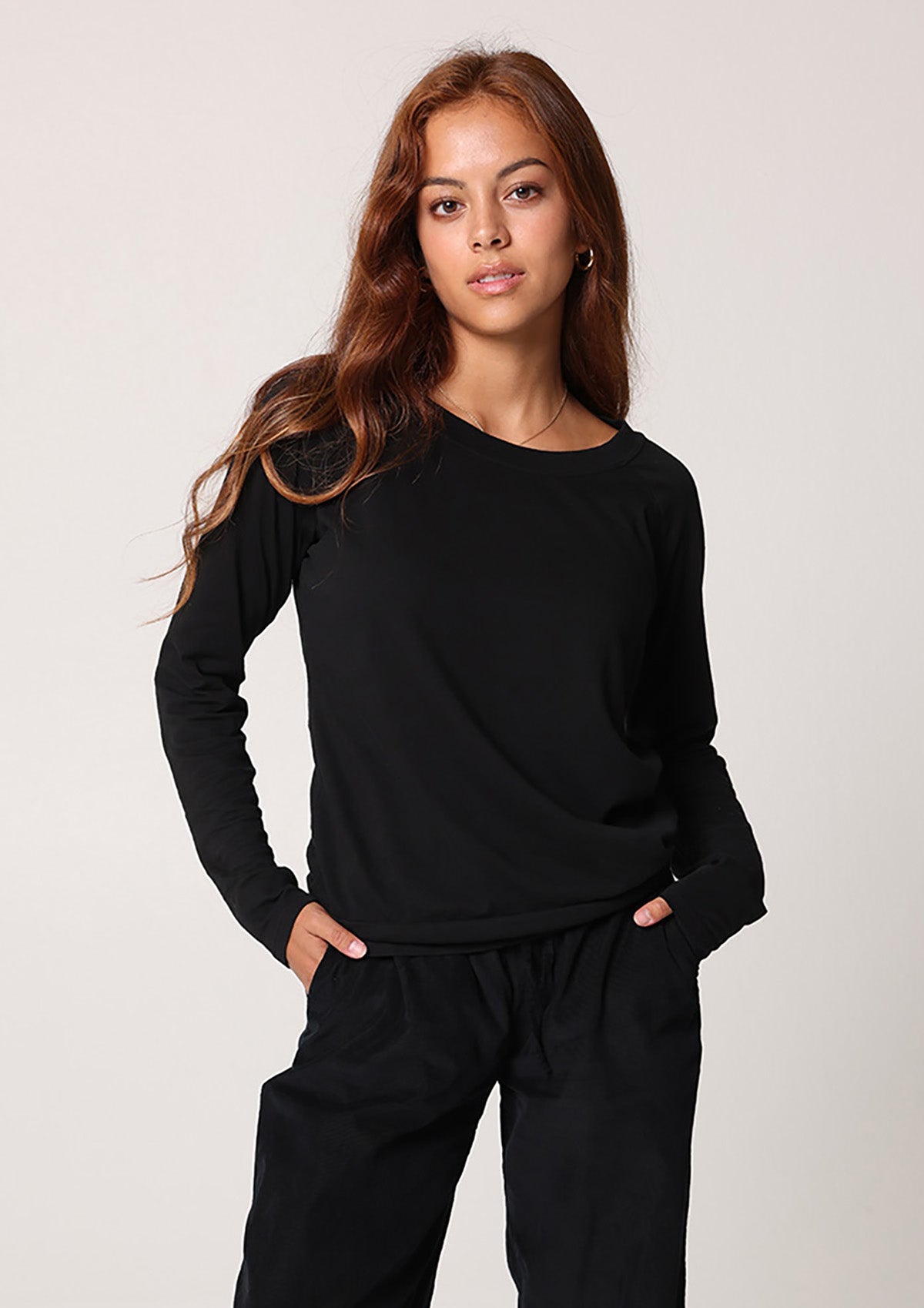
Organic Cotton vs Conventional Cotton: A Quick Comparison
Why does fabric choice matter for sustainability and personal health? Whether you’re shopping for natural activewear or everyday essentials, understanding the difference between organic cotton and conventional cotton is crucial. From the way cotton is grown to its impact on ecosystems and skin health, the materials we wear influence more than just our wardrobe.
Organic cotton farming follows strict sustainability guidelines, such as the Global Organic Textile Standard (GOTS), ensuring crops are cultivated without synthetic pesticides or harmful chemicals.
In contrast, conventional cotton farming relies heavily on pesticides, fertilizers, and excessive water usage. This makes organic and conventional cotton vastly different in terms of environmental footprint and ethical production.
PuraKai prioritizes certified organic materials to support a cleaner planet and healthier customer choices. But what truly sets these fabrics apart? Let’s explore the key distinctions between organic vs. conventional cotton.
What Is Organic Cotton?

Organic cotton is a sustainable, eco-friendly fabric grown without synthetic pesticides, chemical fertilizers, or genetically modified seeds. Certified organic cotton, like GOTS-certified organic cotton, meets strict standards from the Global Organic Textile Standard, ensuring ethical and environmental integrity.
Organic cotton is grown using natural methods, such as crop rotation, organic farming, and biological pest control, which nurture soil health and biodiversity. These methods reduce water use and eliminate toxins, benefiting organic farmers and the planet.
For consumers, cotton fiber offers a soft, hypoallergenic feel free from harsh chemicals. The debate over organic vs. conventional cotton is a clear win for health and sustainability.
What Is Conventional Cotton?
Conventional cotton dominates textiles, but its story is less inspiring. Grown with intensive farming, it leans on synthetic pesticides and fertilizers, genetically modified seeds, and high water consumption, draining resources and degrading soil.
Chemical pesticides pollute water and harm biodiversity while posing health risks to farmers who are often stuck in tough labor conditions. Cotton comes at a cost here, environmental damage and ethical concerns pile up, making organic cotton vs regular cotton a stark contrast.
Unlike organic cotton and regular cotton’s sustainable promise, conventional cotton’s heavy footprint questions its reign, urging us to rethink what’s behind our clothes.
Key Differences: Organic vs. Conventional Cotton

To aid decision-making, here’s a detailed comparison:

This table highlights the trade-offs. Organic cotton offers environmental and health benefits. While conventional cotton is more cost-effective initially but has significant drawbacks.
Health & Performance Benefits of Organic Cotton

Regarding comfort, sustainability, and well-being, organic cotton is better than conventional cotton.
Unlike traditional cotton cultivation, which relies on synthetic fertilizers and harsh chemicals, organic farming practices produce organic cotton in a way that protects both human health and the environment.
But what’s the difference between organic and conventional cotton regarding health and performance? Let’s break it down:
Health Benefits
- Safer for Sensitive Skin: Compared to conventional cotton, organic cotton is grown without synthetic pesticides or fertilizers, making it an excellent choice for people with allergies or sensitive skin.
- Hypoallergenic: Many skin irritations come from chemical residues in fabrics. Organic cotton is free from harmful toxins, reducing the risk of allergic reactions.
- Breathable & Moisture-Wicking: Organic cotton fibers allow air to circulate naturally, keeping your skin cool and dry, whether sleeping on organic cotton sheets or working out.
- Gentle for Babies & Children: Organic cotton differs significantly from regular cotton in terms of its soft texture and chemical-free nature. It is the safest choice for delicate skin.
- Reduced Chemical Exposure: Conventional cotton comes with pesticide residues, while organic cotton farmers ensure their crops remain free of toxic substances.
Performance Benefits
- Soft & Comfortable: Organic cotton is softer than regular cotton because it isn’t processed with harsh chemicals that weaken the fibers.
- Durable & Long-Lasting: Strong, natural fibers mean organic cotton clothing resists wear and tear better, making it a long-term investment.
- Easy to Care For: Although organic cotton requires gentle washing, it remains easy to maintain and retains its softness over time.
- Eco-Friendly Choice: Organic farming practices protect soil health, reduce water pollution, and promote biodiversity, making organic cotton an ethical and sustainable option.
Environmental Impact: Why Choose Organic?

Organic cotton is a game-changer when it comes to sustainability. Unlike non-organic cotton, which relies heavily on chemical pesticides and fertilizers, organic farmers use natural methods to grow the cotton plant, preserving soil health and reducing water waste. The difference between organic cotton vs standard cotton is staggering organic farming consumes up to 91% less water while preventing toxic runoff into rivers and oceans.
When comparing organic cotton vs conventional cotton, it’s clear that organic is the better choice for both people and the planet. Not only does organic cotton come from environmentally responsible sources. But it also supports ethical labor practices, ensuring fair wages and safe working conditions.
For conscious consumers looking to buy organic cotton, choosing organic cotton over regular cotton alternatives, like a cotton T-shirt made from organic products, aligns with the organic content standard. Opting for organic vs. conventional cotton isn’t just a trend; it’s a commitment to a better environment and a sustainable future.
How to Identify and Choose Organic Cotton Products?
To identify and choose high-quality cotton products that are considered organic, it’s essential to understand certifications, read labels carefully, and support brands that prioritize sustainability.
Since organic cotton is better for the environment and human health than conventional cotton, selecting truly organic options ensures you benefit from natural, chemical-free fabrics while reducing the negative impact of cotton farming on ecosystems.
Here’s a detailed breakdown of what to look for:
1. Look for Certifications
- Global Organic Textile Standard (GOTS): This is the leading standard for organic textiles, ensuring the cotton is grown and processed without harmful chemicals while meeting strict environmental and ethical guidelines.
- OEKO-TEX: This certification guarantees that textiles are free from harmful substances, even if they aren’t fully organic.
- Fair Trade Certified: Ensures that cotton farming employs ethical labor practices and provides fair wages to farmers.
- Organic Content Standard (OCS): Verifies organic fiber presence but does not regulate processing.
2. Read Labels Carefully
- "100% Organic Cotton" ensures the product is made entirely from organic fibers.
- "Made with Organic Cotton" may contain a mix of organic and non-organic materials.
- Avoid misleading claims by checking for official organic certification.
3. Support Sustainable Brands
- Choose companies like PuraKai, which prioritize organic materials, ethical production, and transparency in the cotton industry.
- Opt for brands that use low-impact dyes and eco-friendly packaging.
By using organic cotton, consumers contribute to reducing greenhouse gas emissions and supporting a more sustainable fashion industry.
PuraKai’s Commitment to Organic Cotton & Sustainable Fashion
PuraKai is dedicated to championing sustainable fashion by ensuring every step of our supply chain reflects responsible sourcing. We carefully select certified organic cotton emphasizing the organic cotton vs conventional cotton debate not only to reduce the use of synthetic chemicals but also to support a healthier ecosystem.
Unlike conventional cotton production, where cotton farming often relies on chemical pesticides and genetically modified organisms, our organic cotton is grown with natural fertilizers and ethical practices. This commitment means that every piece of our activewear, including our popular leggings and curated collections, highlights the clear advantages of organic vs conventional cotton.
Our approach shows what cotton makes possible: a fabric that’s kinder to the environment, reducing organic carbon emissions and promoting soil health. Choosing PuraKai’s eco-friendly activewear is a step towards a sustainable future where your clothing performs exceptionally and supports sustainable practices akin to organic food production.
Conclusion
Choosing between organic cotton and conventional cotton is more than just a fabric decision. It’s a choice that affects our health, environment, and future.
While traditional cotton production relies on genetically modified organisms (GMOs), heavy pesticides, and excessive water use, organic cotton farming prioritizes natural methods, reducing pollution and preserving soil health.
The difference between organic cotton and regular cotton extends beyond farming; organic textiles are softer, safer, and free from the toxic residues found in cotton farming often associated with synthetic chemicals. From clothing to organic food, sustainable choices matter.
By choosing organic, we minimize carbon emissions, protect biodiversity, and support ethical practices. The impact of organic vs conventional cotton extends far beyond fashion it’s about sustainability in every aspect of life. Every fabric choice we make impacts our planet what will you choose?







Leave a comment
This site is protected by hCaptcha and the hCaptcha Privacy Policy and Terms of Service apply.